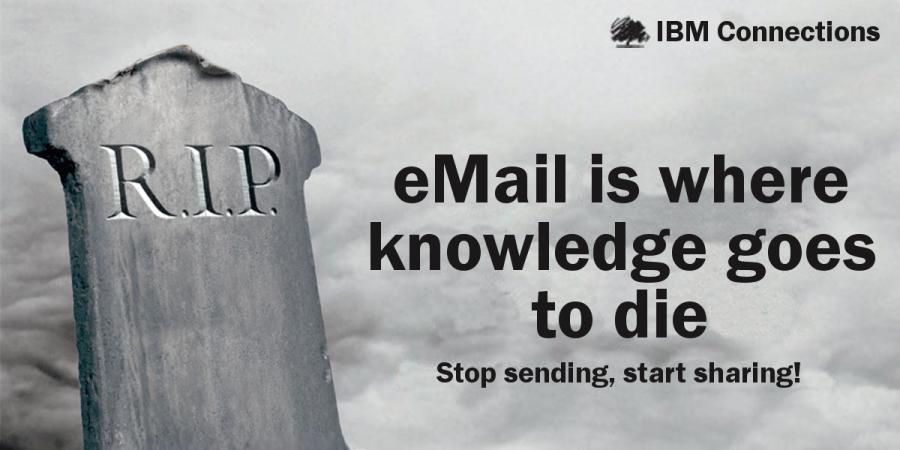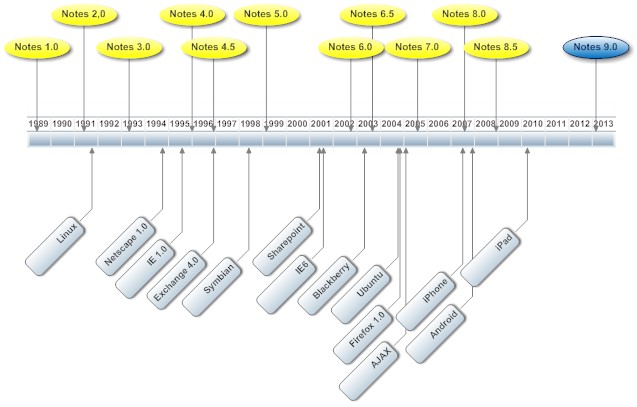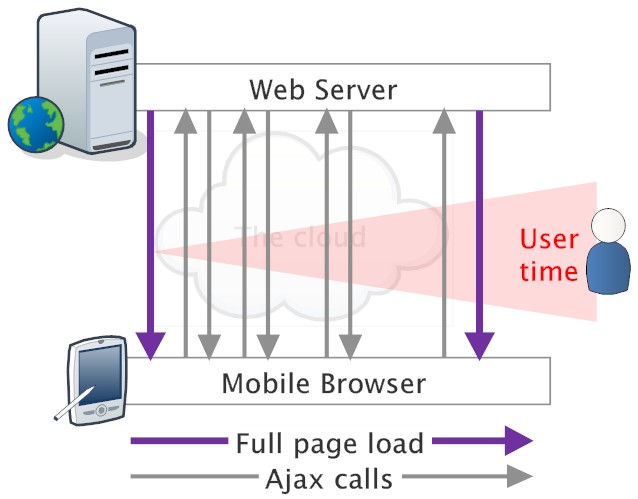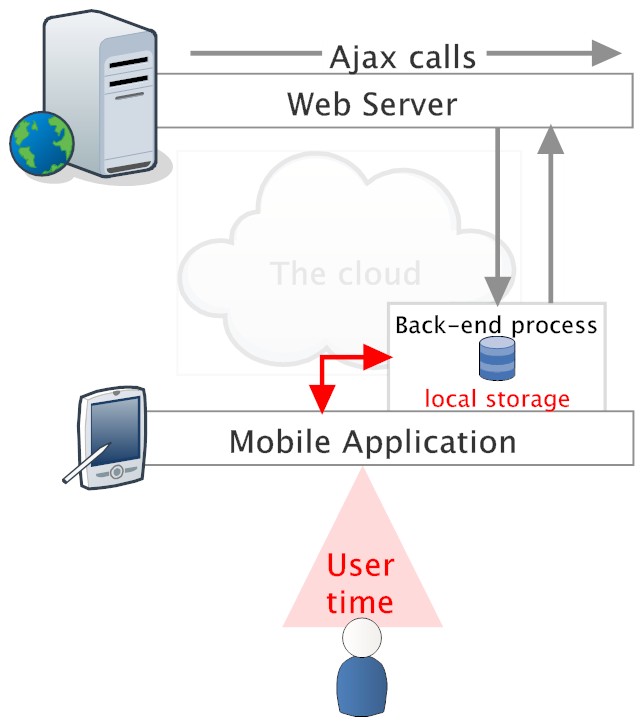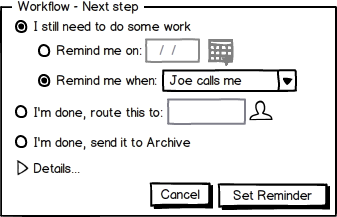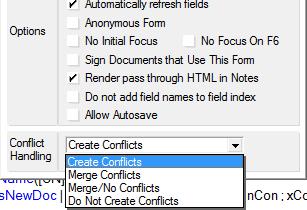Exceptional Customer Experience - of the bad kind (yes VirginAtlantic I talk about you)
Given the fact, that there's the silly system in place that requires me to take a shuttle from Terminal 2 to Terminal 1 and back, that seems impossible. So I innocently ask what to do. The check-in attendant doesn't know and calls in the supervisor. He looks at the ticket and tells me: your flight is with Virgin to Manchester and everything else is not his business. He stresses, pointing at the ticket: This is a legal document and for us your destination is Manchester. If anything I need to check with Amex. So I call Amex, go through phone hell and get a ticket on LH from Manchester to Munich. Having that sorted, I ask to get my baggage checked through. I get the same @#$%* answer: For Virgin my journey ends in Manchester and I have to go through immigration, get my luggage and check in again.
So I ask: If my ticket would be a SIA ticket (the flight is code share), would he then need to take care of me? The answer yes: this is completely different and it would be Virgin's problem to get me sorted. The fact that (still) SIA owns a majority stake in Virgin doesn't matter for my situation.
Amex, who calls their phone operators "Travel counsellors" failed to highlight the potential that any delay with 2 different tickets would become my problem. To add insult to injury: I had an all SIA ticket first, but Amex claimed they couldn't update a flight part (which the SIA help line claimed they actually could), so they cancelled that and split it in two.
With hundreds of travel days for IBM I never has such a exceptionally BAD service.
Update: Arriving in MAN, the ground staff was waiting for me and I would have made the connection, but when they saw that the luggage wasn't checked through to Munich, they couldn't rush me to the plane, but had to ask me to pass through immigration to fetch my luggage and pass through immigration again to check it in. Needless to say that made it impossible to get to the (only) SIA flight that day. So I got on the LH flight. In Munich I called SIA to clarify that I would continue on the second leg of the trip, which turned out to come with a higher ticket price (since the trip was shorter now) and a service fee. This will make an interesting debriefing
Posted by Stephan H Wissel on 31 January 2013 | Comments (2) | categories: Travel
